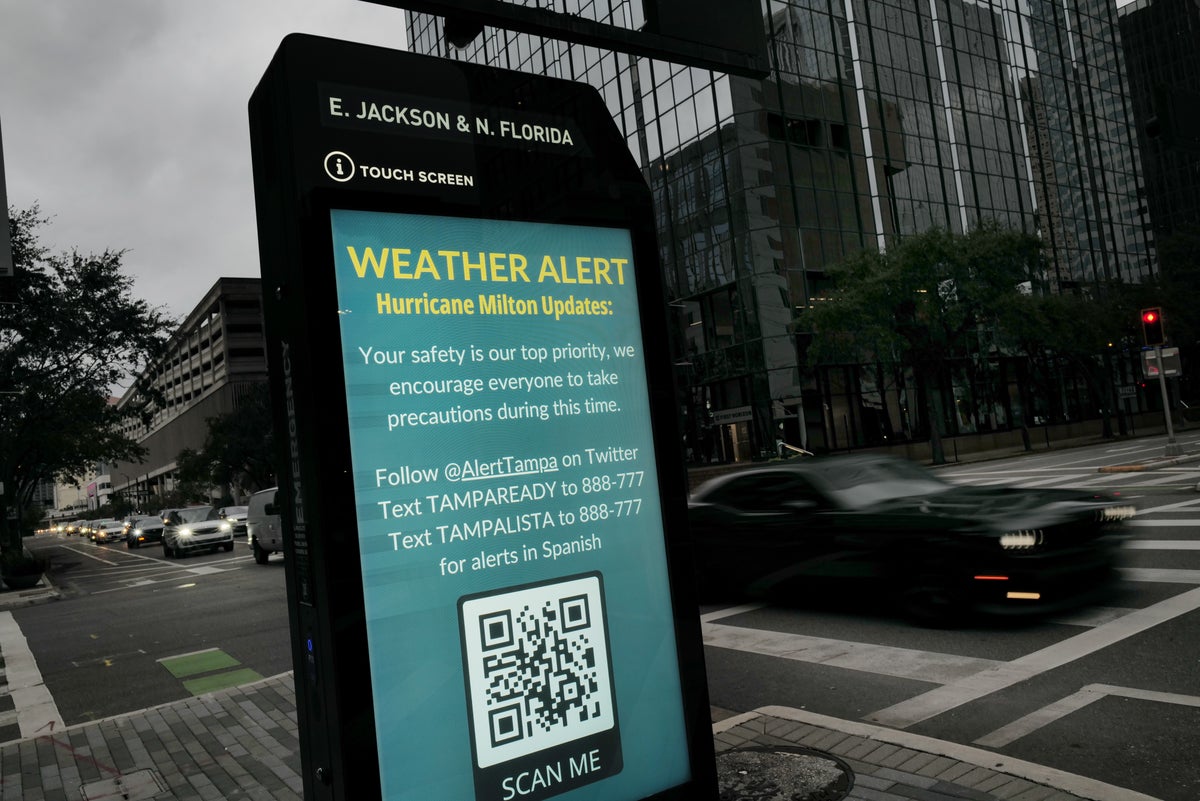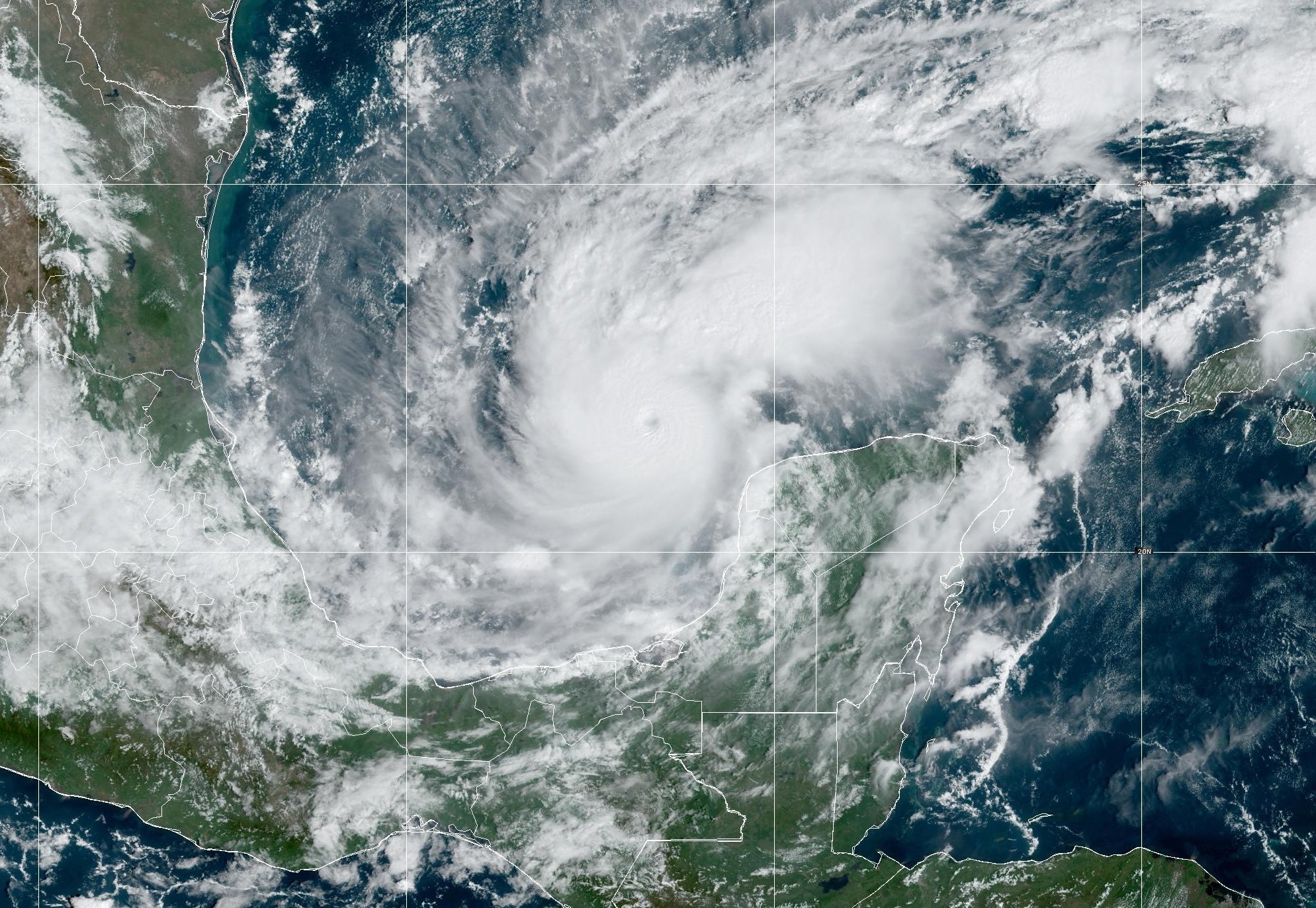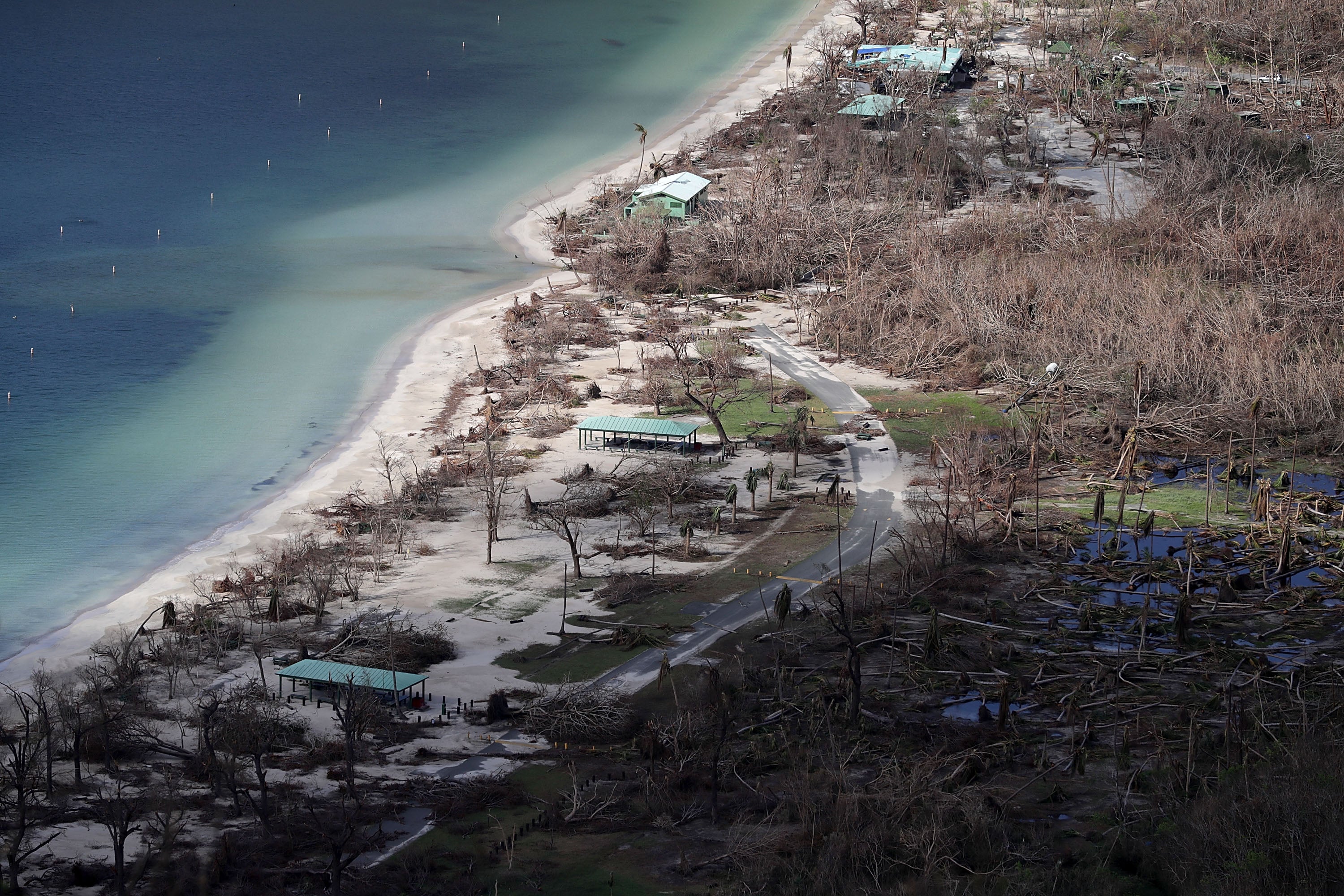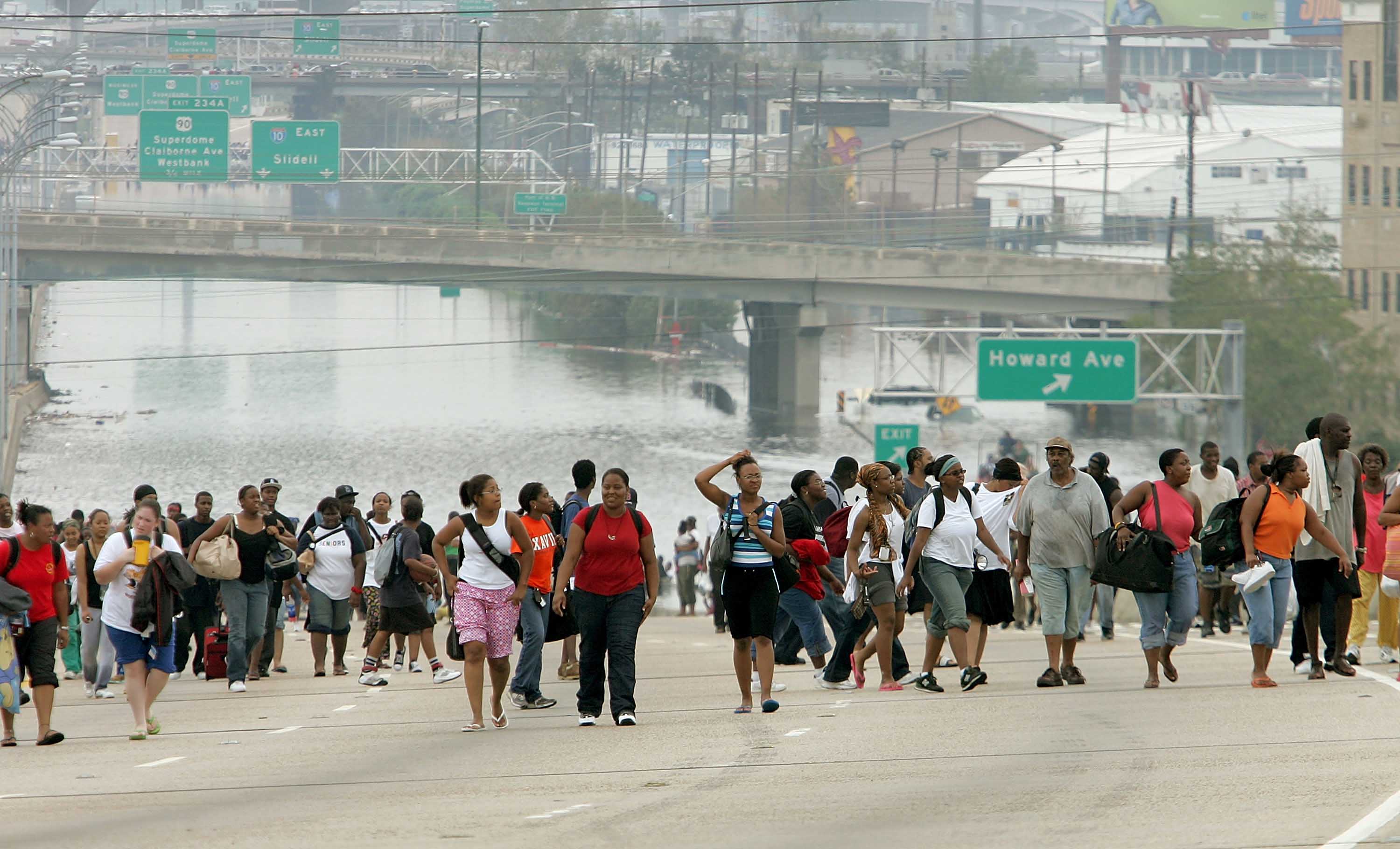
Your support helps us to tell the story
Our mission is to deliver unbiased, fact-based reporting that holds power to account and exposes the truth.
Whether $5 or $50, every contribution counts.
Support us to deliver journalism without an agenda.

Louise Thomas
Editor
A Category 5 hurricane like Milton is catastrophic for those in its path. But it’s hard to understand what it’s like inside until it hits.
The storm’s strength is measured by the Saffir-Simpson Hurricane Wind Scale, which ranks hurricanes based on the sustained wind speed of the storm. A Category 5 decimates homes, leaving areas uninhabitable for weeks or months after it passes. Coming with maximum sustained winds of 157mph or higher, it tears roofs apart, shatters glass, and collapses walls, trees and power poles.
Power outages can last for months and isolate communities hit by its terrifying blast. Rising water cuts off escape routes and low-lying buildings close to shore are wiped out. There can also be a mental health aspect, with adolescents and adults experiencing post-traumatic stress for years after the skies have cleared.

John Feerick, AccuWeather.com senior meteorologist, told The Independent on Monday that the damage from a Category 5 is nearly unsurvivable.
“Most structures are basically blown off of their foundation. This is basically like an EF-4 tornado. But, instead of a tornado, that’s maybe a couple of hundred yards wide, this is going to impact a much larger area with winds of 150mph or more,” he said.
The hurricane can produce storm surge of more than 20ft, completely flooding a two-story house along the beach.
The winds, Feerick added, would be “unbelievable.”
“You would have debris flying through the air at 150mph; anything that hits you could kill you instantly. You probably wouldn’t be able to even stand up,” he said.
Tom Krall, a resident of the US Virgin Islands, experienced Category 5 Hurricane Irma. He told NPR that the winds feel “kind of like if you’re driving in a car at 75 and you stick your head out the window. You’ve got that kind of an uncomfortable thing in your ears.”
Irma swept the region in September 2017, ripping all of the leaves from the trees. While recovery efforts were underway, approaching Hurricane Maria forced the evacuation of the Navy and National Guard. Maria, also a Category 4, brought further destruction.
Krall said that around 20 of the 30 houses in his neighborhood had lost their roofs. He remembered that Irma’s sustained winds of 185mph were “extremely intense.”
“Once you get up around 185[mph], 200, the roar is like you’re inside a 747 jet engine,” Krall noted. “You feel it in your gut.”

Nearly a half a century before Irma, Mississippian Ruth Clark sheltered from Hurricane Camille: another deadly Category 5 Atlantic hurricane which maintained its intensity.
“You really can’t describe to anybody what it’s like to sit through a hurricane,” Clark told How Stuff Works last year. “It’s almost like they describe the sound of a tornado, like listening to a train go by, except it doesn’t pass on and it’s over with. It just keeps going and going and going. You’re hearing the popping and the crackling of the trees, and the fireworks from the power lines going down, popping and snapping. It’s just a horrendous sound.”
When Hurricane Katrina hit Louisiana nearly 20 years ago, weakening to a Category 3 storm before it made landfall, Robert Green told WDSU that he and his family went to New Orleans’ Caesars Superdome before they were sent back home.
“We get on top of the roof. One baby after the other, my mother, cousin, me and my brother. We think we are safe. Next thing you know, the home was lifted off its foundation. Water is rushing all around us,” he recalled. “And as the house is going, we see all these oak trees. And we see all these other homes lifting off their foundations and cracking up.”

Hurricane Milton strengthened into a Category 5 storm on Monday, forcing evacuations - the second round of evacuations in days for some - for Florida residents hammered by Category 4 Helene just 11 days ago.
While many cyclones have made landfall in the US since the 1850s, the continental US did not see its first Category 5 hurricane impact until 1935, when the Labor Day hurricane struck the Florida Keys. Since then, there have been just a handful, including Camille, Andrew and Michael. There have been ten Category 5 hurricanes in the Atlantic since 2016 and more than 40 cyclones that have reached Category 5 strength since 1924.
Feerick said there has been an impressive amount of warm water in the Gulf of Mexico and near-record temperatures across most of the Atlantic, fueling ripe conditions for cyclone development.
“As we get more and more people that move to coastal locations, we get stronger storms now, these more intense storms moving into these places that are more built up, things like this are going to, likely, happen more frequently,” he explained.
Feerick said Milton reminds him of Hurricane Wilma, which also struck the western coast of Florida in 2005.
“We’ve never really seen...a storm that’s developed this far west in the Gulf of Mexico, this powerful that’s basically going to come all the way across the Gulf of Mexico and into the West Coast. I don’t know that that’s been seen on record,” he said.







